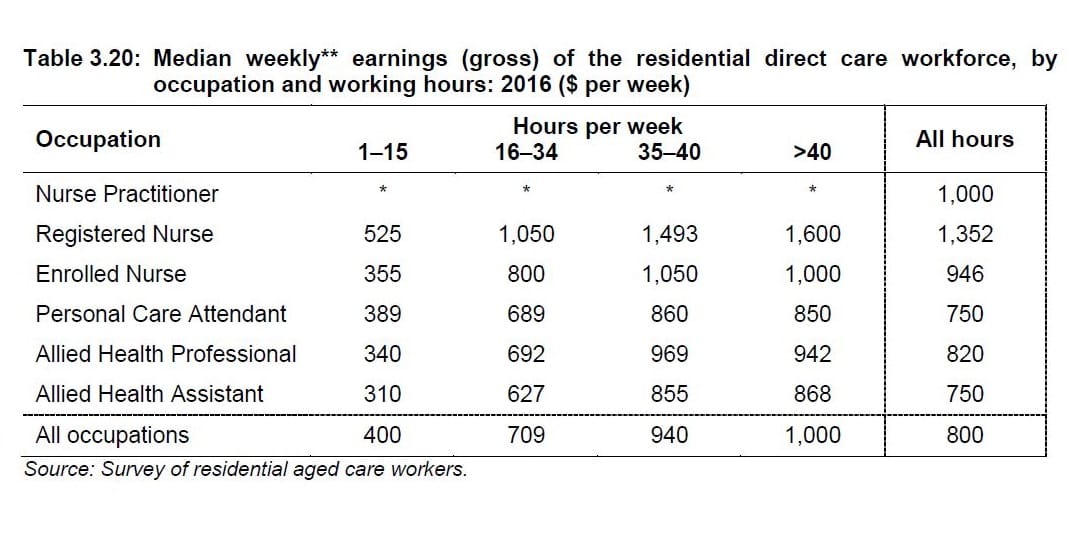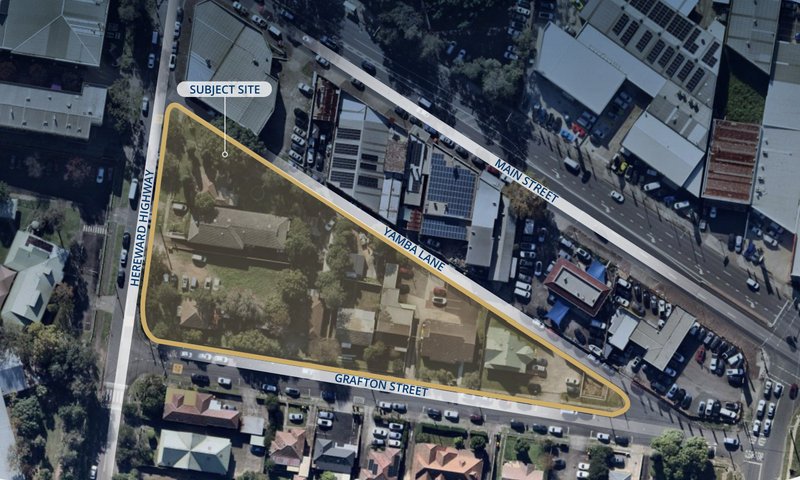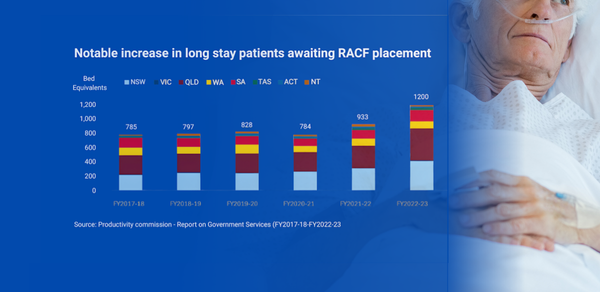The aged care workforce – little money, less appeal
The newly released 2016 National Aged Care Workforce Census and Survey states building the aged care workforce is ‘working well’. Ask operators and privately they may give you a different answer. As Mark Sewell explained in his LEADERS SUMMIT...

The newly released 2016 National Aged Care Workforce Census and Survey states building the aged care workforce is ‘working well’. Ask operators and privately they may give you a different answer. As Mark Sewell explained in his LEADERS SUMMIT presentation there are whole floors of new care facilities not being opened because of lack of staff. He states ‘workforce’ is the number one issue for the sector. Why is it so? Well, direct care employees are the second lowest paid employment group in the country after childcare. While the report identifies workers enjoy ‘relatively high job satisfaction’, it also points out that 66% of all direct staff are ‘personal care attendants’ and they receive a gross wage of $45,000 a year for a 38-hour week. That is $22.63 per hour. Registered nurses earned $77,600 or $39.29 per hour. Aged care operators no doubt would like to pay more but with around half of all aged care facilities either breaking even or operating at a loss and wages accounting for up to 70% of costs, that is unlikely to occur unless government provides more funding or the public pays more. Neither is going to occur in the short-term. Meanwhile the NDIS is gathering steam. It will pay for base care $42.71 per hour during the week, $59.36 on Saturdays and $92.96 on Sundays. The Peer 2 Peer disrupters where administration costs 15% or $6.40 for base care, will be an attractive alternative for experienced direct care staff. Between 2012 in 2016 the number of personal care attendants grew 8% to 108,126, or 70% of the direct workforce. At the same time registered nurses grew 2.4% (539) to 22,455 and enrolled nurses actually dropped by 7% (1218) to 15,697. Getting staff to deliver care in villages, in the home and in nursing homes will be the big issue over the next 24 months.





